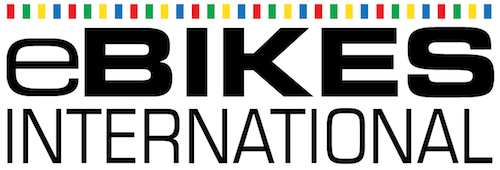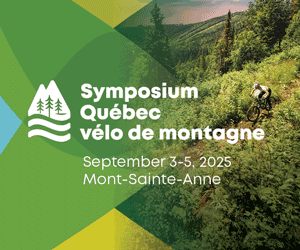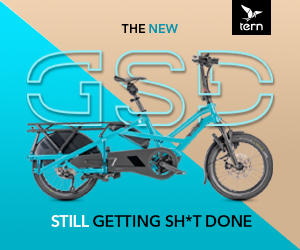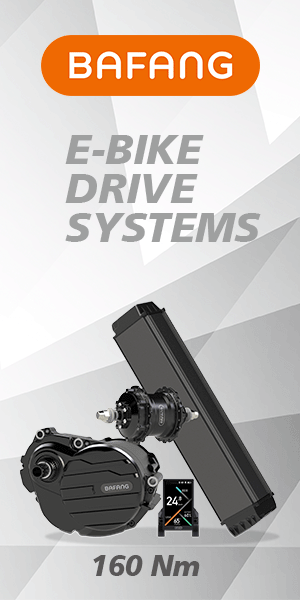• Flip Page • eNews • eSystems • eBikes • eAccessories • eAdventures • eCargo Bikes • eCities • eBike Tests • eFactory Tours • eRegulations •
Cycling Cities on the Move: Vancouver, Canada
October 9, 2020 - Population 2.581 Million – Vancouver appeared on the Copenhagenize Index for the first time in 2019. Ranked at #18, the city was tied with Montreal, the only other North American city to make the top 20.
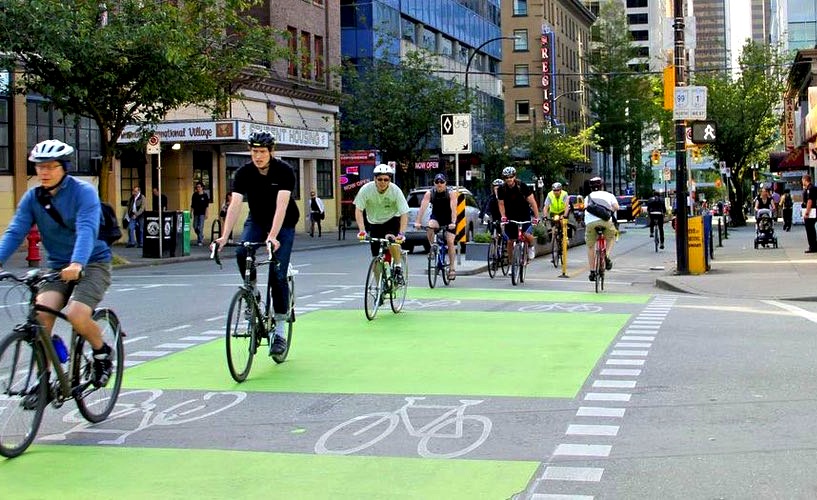
Over the past decade, Vancouver and the surrounding Metro Vancouver area have worked to almost triple their cycling network, which includes about 4,600km of infrastructure. A new report from HUB Cycling indicates that cycling has increased 64% and that 65% of residents now live within 400m of a bike route considered to be comfortable to ride for most.
Additionally, the 50km of new slow streets that are being opened as a response to the COVID-19 pandemic are reporting thousands of daily users.
While Vancouver’s efforts to build new cycling infrastructure are impressive, there’s a lot more to Vancouver’s cycling culture than bike lanes.
Popular encouragement events like Bike to School, Bike to Shop and Bike to Work Week attract tens of thousands of participants each year. HUB Cycling offers online and in-person training courses to teach students on-bike skills, and their Bike Host program helps new immigrants and refugees explore cycling routes, rules and culture by being matched with host volunteers.
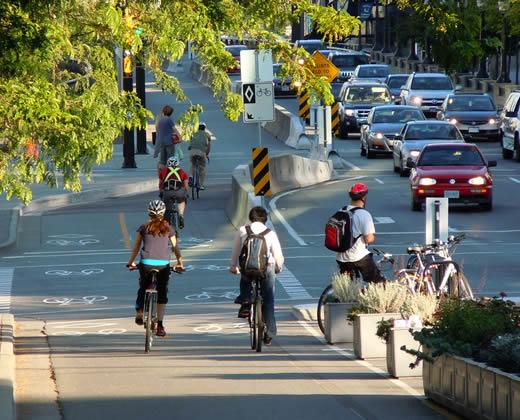
Vancouver also has a public bike share system with about 1,500 bikes across 200 stations. Earlier during the pandemic, essential workers were offered a 90-day free bike share pass to help them get around.
Like other residents of the province of British Columbia, people in Vancouver are eligible for a rebate of $1,050 toward the purchase of a new e-bike, but only if they trade in a motor vehicle. There is also a new rebate of up to $1,700 for business owners who purchase an e-cargo bike. While this may have been the first time that Vancouver has ranked in the global top 20, ongoing improvements to the city’s cycling experience is not new.

